Those of you that are reading this text will likely know that Peli Products manufactures high-performance cases that are virtually indestructible and that they can protect just about anything that you put inside of them. You will probably know that Peli cases are so effective in protecting whatever is placed inside them because they are waterproof, dustproof, and chemical-resistant. However, one aspect of Peli cases that may go overlooked is that they are also airtight.
Normally an airtight enclosure would make the act opening a bit difficult to achieve. Think of the countless hours you’ve spent trying to open a jar of pickles over your lifetime. Well, fortunately Peli thought of this and added a very special feature to every Protector, Air, Storm and Micro case: The Automatic Pressure Equalisation Valve. Also known as the pressure release valve. But what do these mysterious oft-overlooked devices actually do? We will explain that in this piece.
What is the pressure release valve and how does it work?
As we mentioned previously, Peli cases are airtight. This would under normal circumstances make the case difficult to open, as it would mean that a vacuum is created within the case when closed. Again, think of the pickle jar analogy. Imagine having to deal with that every time you tried to open a Peli case! Luckily, there is the automatic pressure equalisation valve that every Peli case is equipped with.
What the pressure release valve does is equalise the pressure within the interior of the case to the air pressure in atmosphere on the outside of the case. Thus, the case is able to be opened easily in any environment without difficulty. This is especially important for Peli case users that travel by plane. They will find that as the cabin air pressure is changed within the plane, the case is still able to be opened without problems. And after they deboard, they are still able to open the case with the same level of ease, as the air pressure within the case matches the air pressure on the exterior of the case.
Does this affect the watertight property of Peli cases?
The next logical question you may ask is, well if air can get out, cannot water then get in? The short answer is ‘no.’ To give you a more detailed explanation, we’ll have to have a quick lesson in chemistry.
In chemistry, the physical property of a molecule to seemingly repel water is known as hydrophobicity. To be hydrophobic literally means, “fear of water”; however, in chemistry it just means that a certain molecule does not get along very well with water. A good example of a hydrophobic compound is olive oil. Have you ever noticed how oil reacts to being mixed with water? That’s right. They don’t mix. Thus, oil has a fear of water, so to speak.
Now that we understand the concept of hydrophobicity, we can apply it to Peli cases’ pressure release valve. The pressure release valve is made up of a housing with a hole. This hole is covered by a nanometre thin Gore-Tex membrane. This membrane, or covering, is able to allow air to flow through. Most importantly, however, is that due to the Gore-Tex’s hydrophobic nature, it is able to keep water out of the case at the same time.
Find out much more about Peli Cases!
Now that you know more about the automatic pressure purge valve, would you like to find out more interesting facts about Peli cases? If so, we encourage you to find out more about the genuine Peli™ Protector Case™, the toughest, high-impact resistant, dust proof, chemical resistant and IP67 watertight case for extreme protection, by clicking on the button below.





.png)





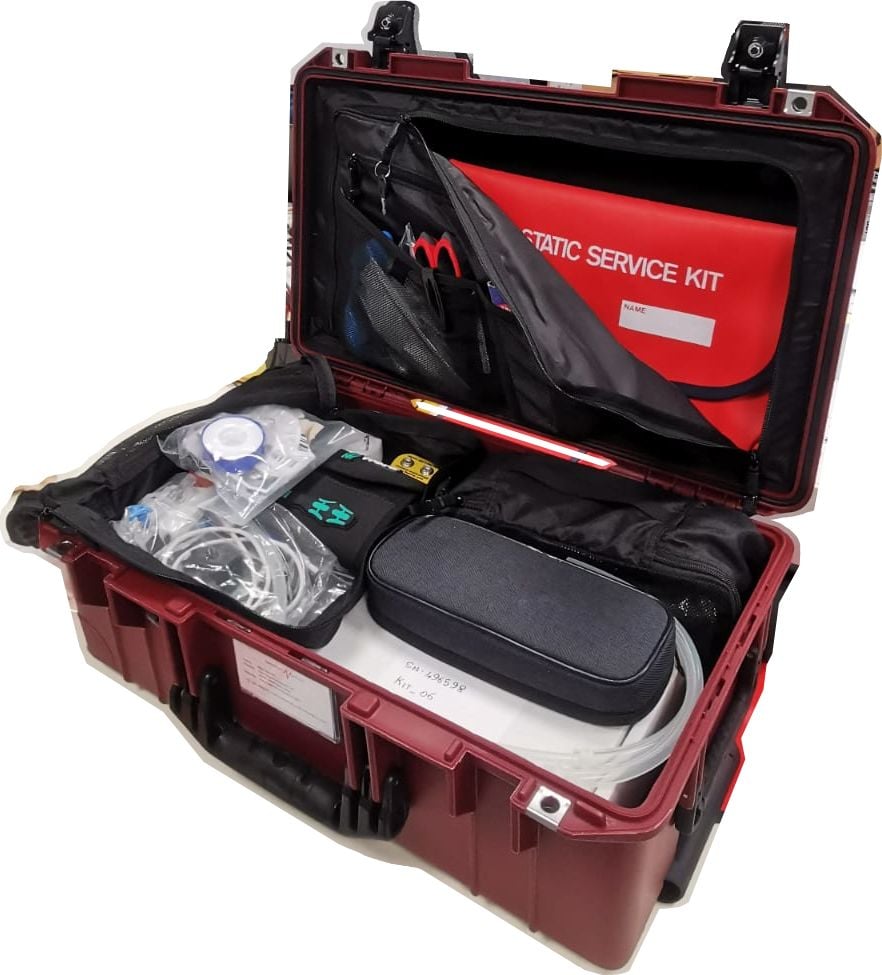
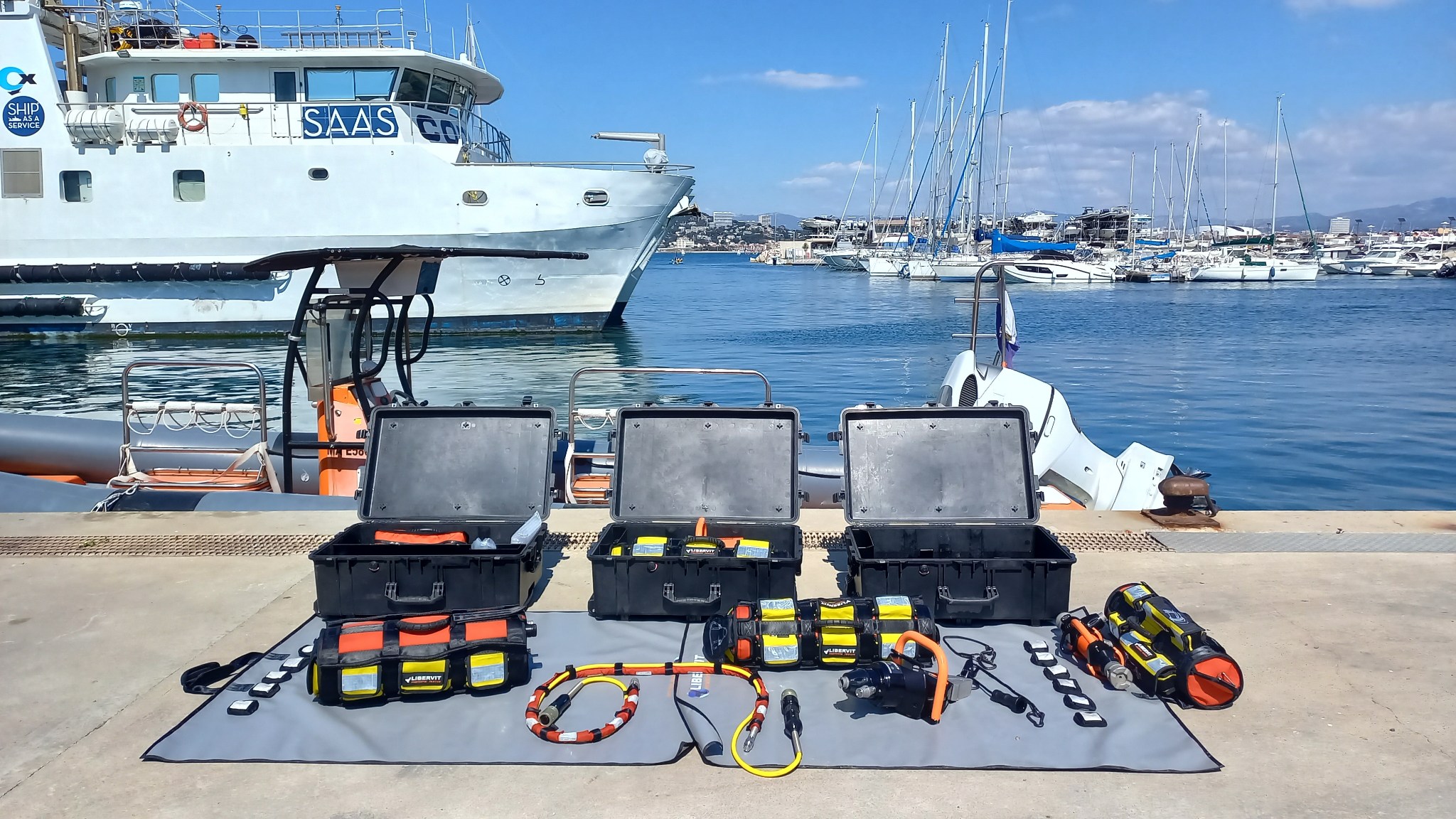
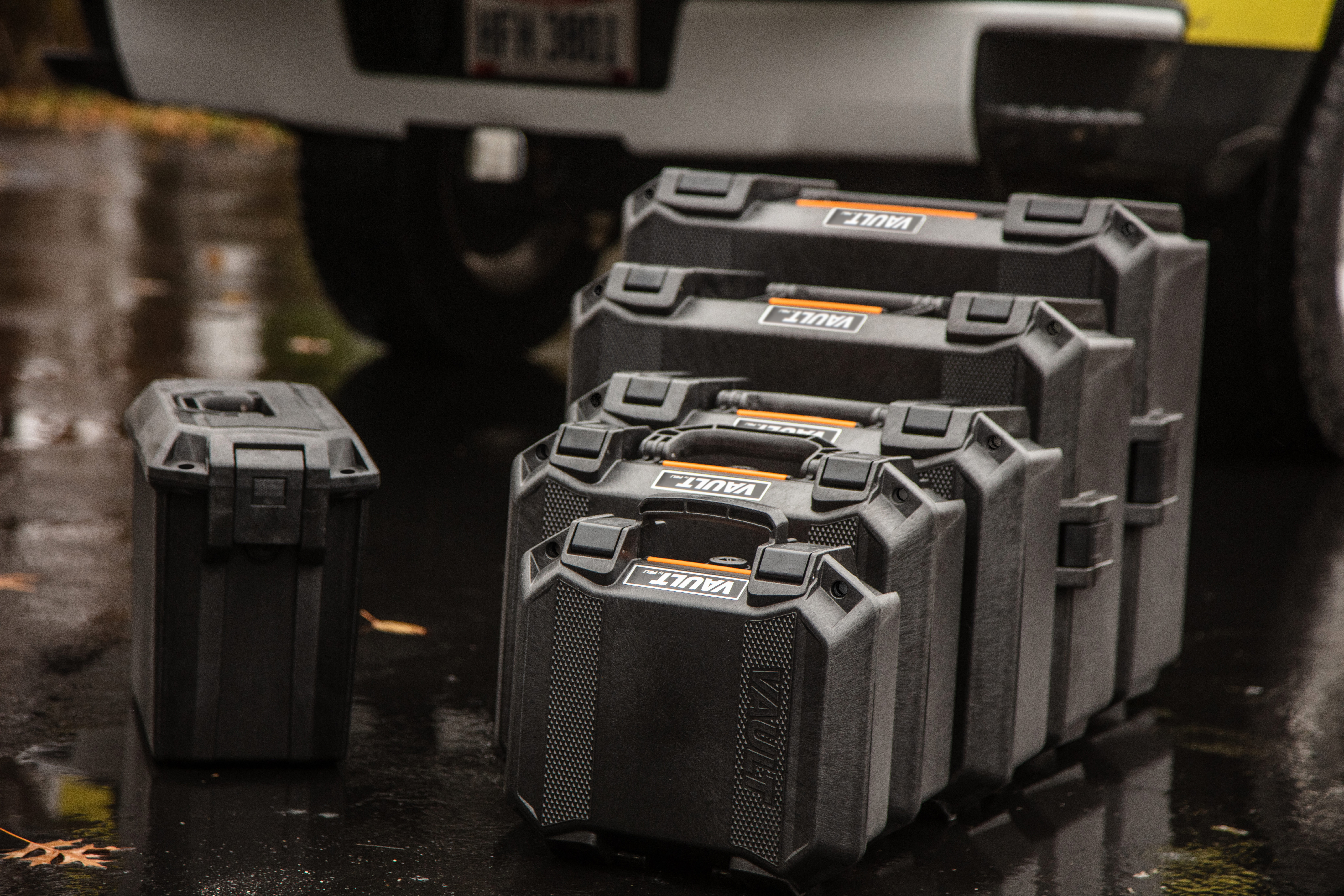
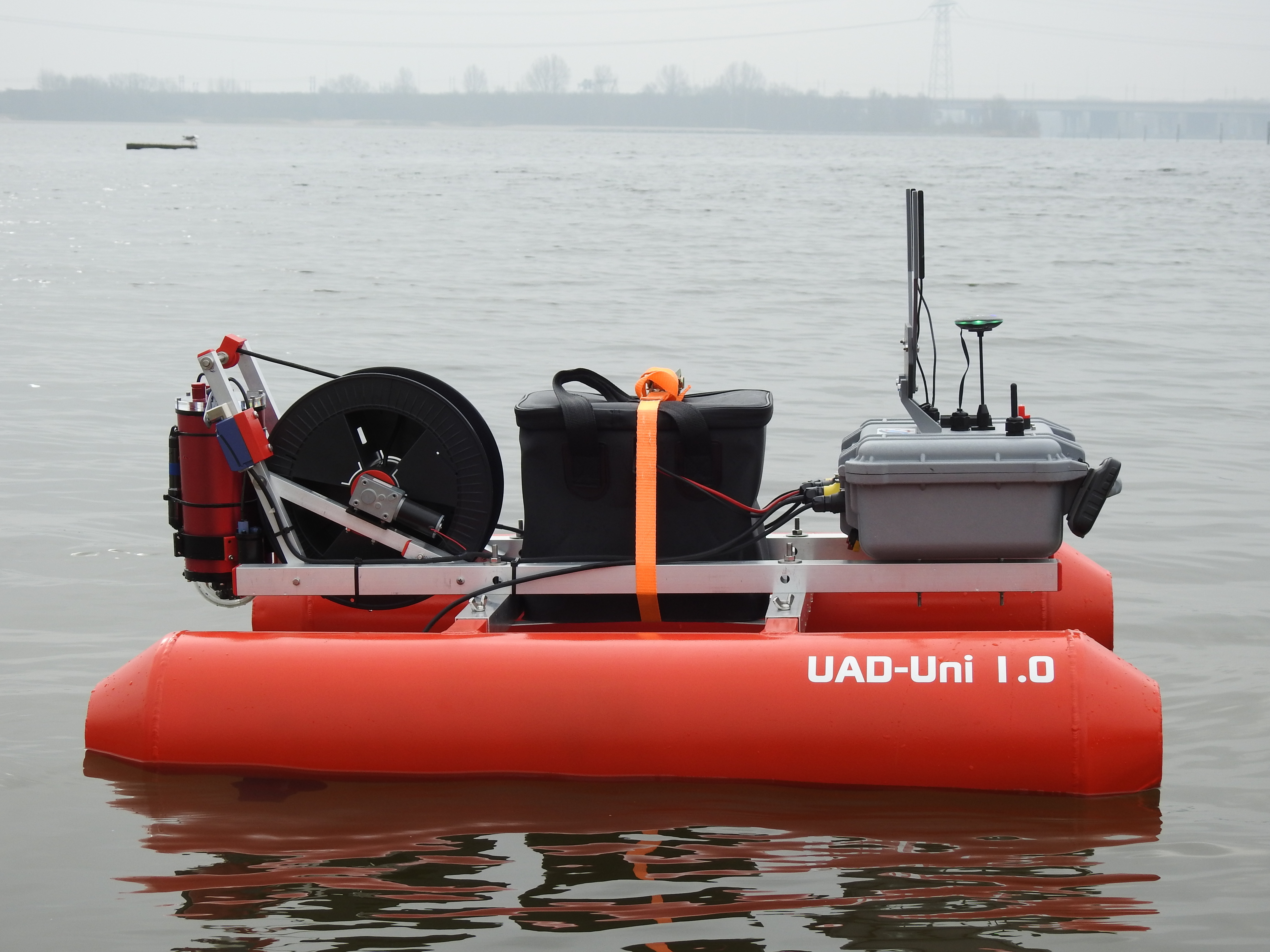





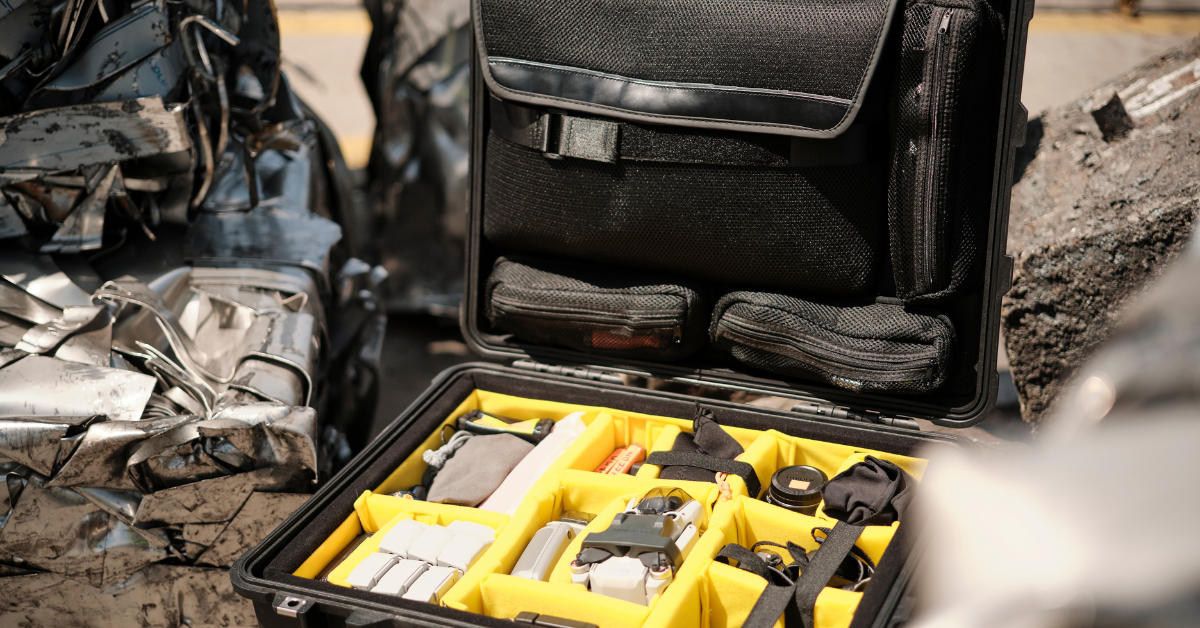
Post a comment